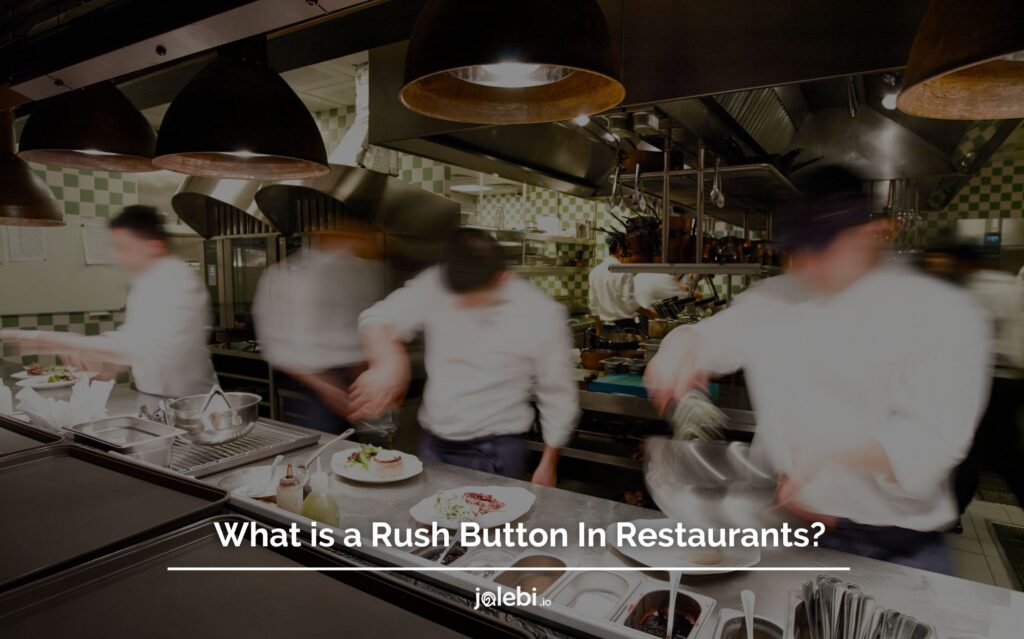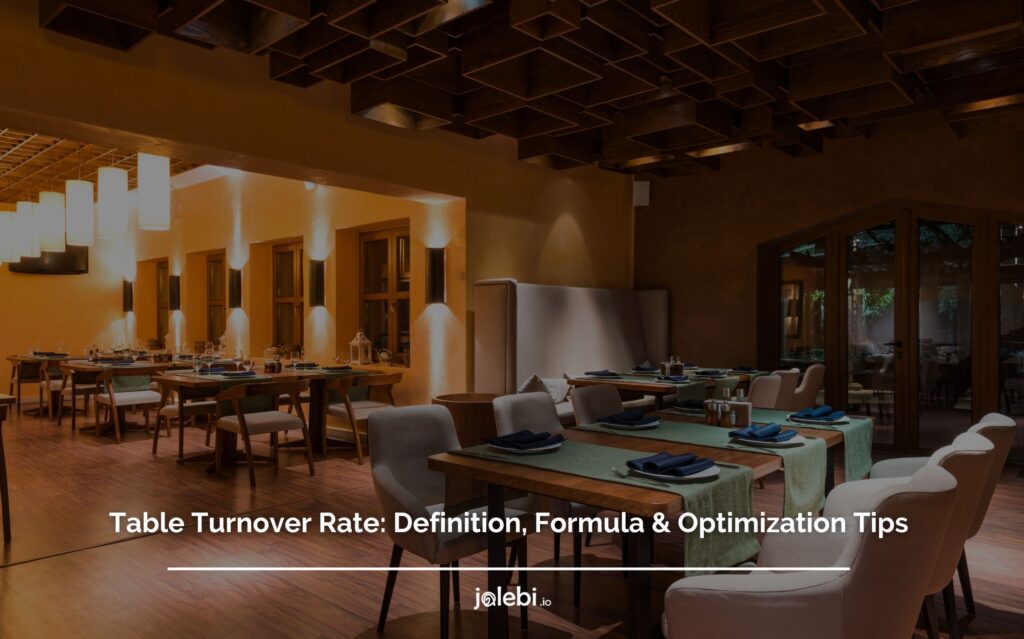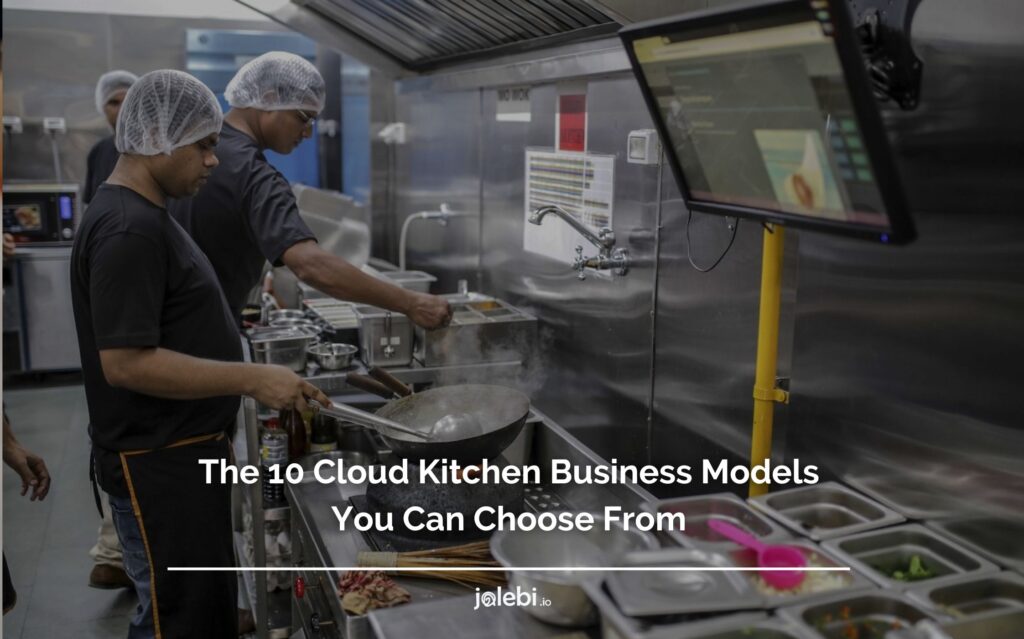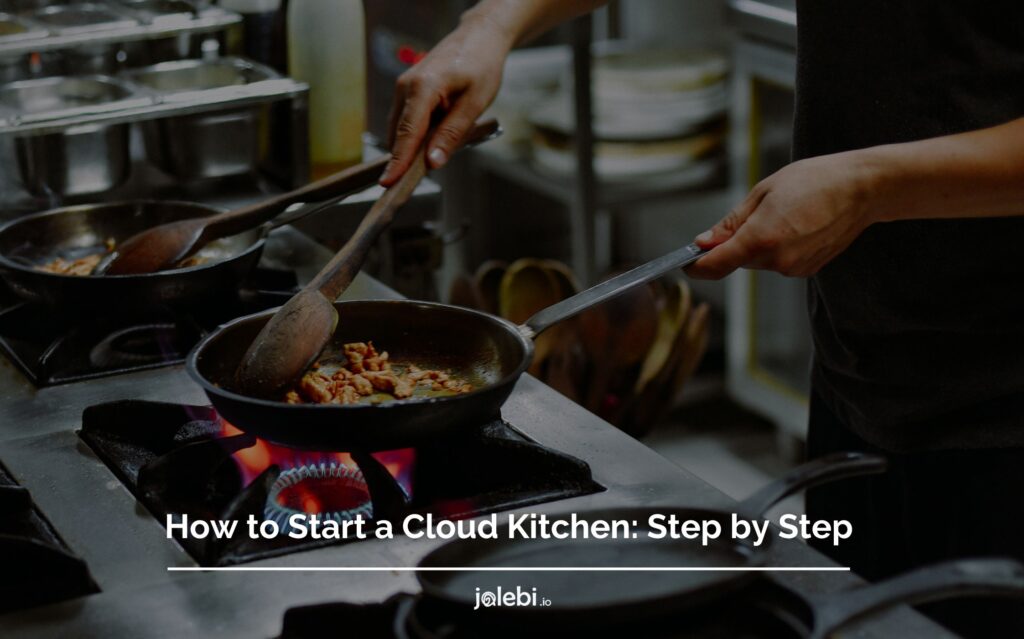Table of Contents
Controlling food costs is essential for maintaining a profitable restaurant. With rising ingredient prices and tight margins, every cent counts when it comes to managing expenses. That’s why focusing on reducing food costs can make a significant difference to your bottom line.
Whether you’re a small café or a large dining establishment, keeping food costs in check is a challenge that requires careful planning.
Waste, over-ordering, and inefficient inventory management all contribute to unnecessary spending. The good news is that there are effective strategies you can use to tackle these issues head-on.
One key statistic regarding food cost variance is that restaurants, on average, experience a 3-10% variance between their ideal and actual food costs due to factors like waste, theft, and inefficient portion control. This variance can drastically affect profitability if not managed effectively.
In this article, we’ll explore 10 proven tips to help you lower your food costs. Implementing these practical steps will not only save money but also improve the overall efficiency of your restaurant.
What is food cost variance?
Food cost variance is the difference between the expected cost of food and the actual amount spent. It occurs when the amount you budget for ingredients doesn’t align with the real costs due to factors like price fluctuations, waste, or inaccurate forecasting.
This variance can either be positive, where actual costs are lower than expected, or negative, when expenses exceed the budget.
Managing food cost variance is crucial because even small gaps between projected and actual costs can significantly impact profitability.
Through regularly analyzing this variance, restaurants can identify problem areas and implement strategies to reduce waste, streamline inventory, and negotiate better supplier deals. This helps in maintaining a healthier bottom line.
How to calculate food cost variance
1- Determine your ideal food cost:
This is the expected cost of ingredients based on menu prices, portion sizes, and recipes. Add up the cost of each item to get the total ideal cost.
2- Track your actual food cost:
Record the actual amount spent on food over a specific period. This includes purchases from suppliers and any waste or spoilage.
3- Use the formula:
Subtract the ideal food cost from the actual food cost:
Food Cost Variance = Actual Food Cost – Ideal Food Cost
4- Analyze the result:
A positive variance means you’ve overspent, while a negative variance indicates cost savings. Regularly compare the two to identify trends and areas for improvement.
How often should you calculate food cost variance
-
- Weekly: For high-volume restaurants, calculating food cost variance weekly helps you catch discrepancies early and make timely adjustments.
-
- Monthly: A monthly review offers a broader view of trends and allows for more detailed analysis, helping identify patterns in spending, waste, or price fluctuations.
-
- Quarterly: Quarterly evaluations provide insights into seasonal changes and long-term improvements, helping refine your overall cost management strategy.
What to do if your food cost variance is negative?
1- Celebrate and Analyze
Appreciate the success of spending under budget, but also analyze why it happened. Understanding the factors that led to this positive variance can help you replicate this success in the future.
2- Reinvest Savings
Consider reinvesting the savings into other areas of your business, such as marketing, staff training, or improving customer experiences. This can enhance overall business performance and further boost profitability.
3- Adjust Budgeting
If you consistently experience negative food cost variance, it might be time to reassess your budgeting. Use the insights gained from your positive variance to adjust your food cost budget for more accurate forecasting.
4- Optimize Supply Chain
Use the opportunity to negotiate better deals with suppliers or improve your purchasing strategy. A positive variance may provide leverage for negotiating lower prices or better terms.
5- Document Best Practices
Document the practices or changes that led to the positive variance. Sharing these best practices with your team can help maintain and even improve your cost management in the long run.
Top causes behind positive food cost variance
Here are the top causes behind positive food cost variance, along with explanations:
Over-portioning
Over-portioning occurs when staff serve larger portions than specified, leading to higher ingredient usage than planned. Even small deviations in portion sizes can add up over time, causing actual food costs to exceed the budget. Implementing portion control through training and using standardized tools can help prevent this issue.
Food Waste
Waste due to spoilage, over-preparation, or improper storage is a significant contributor to positive food cost variance. When ingredients aren’t used efficiently or spoil before they can be served, restaurants must spend more to replace them. Tracking waste and implementing waste reduction strategies, such as proper storage and inventory rotation, can reduce these losses.
Supplier Price Increases
Fluctuations in supplier prices, whether from inflation, supply chain disruptions, or seasonal availability, can lead to higher costs. When the prices of ingredients rise unexpectedly, it causes the actual food cost to exceed the planned amount. Establishing long-term contracts or sourcing alternative suppliers can help mitigate the effects of these price increases.
Theft or Misuse of Ingredients
Unauthorized use of ingredients by staff or theft can result in unanticipated expenses. This can happen when employees take ingredients for personal use or misuse inventory, causing actual costs to rise. Implementing stricter inventory controls and monitoring ingredient usage can help address this issue.
Inaccurate Inventory Counts
Errors in inventory tracking, such as miscounting or not updating records promptly, can result in discrepancies between expected and actual food costs. If inventory counts are inaccurate, it’s challenging to maintain proper stock levels, leading to unexpected expenses. Regular, accurate inventory checks are essential for keeping food costs in line.
How to reduce it
Here are 10 strategies to reduce positive food cost variance:
1- Implement Portion Control
Use standardized portion sizes for every dish to ensure consistency and reduce ingredient overuse. Train staff to follow portion guidelines strictly, and use tools like portion scoops, scales, or ladles to keep servings accurate.
2- Reduce Food Waste
Regularly monitor and track waste to identify where food is being discarded unnecessarily. Implement waste reduction strategies, such as proper storage, rotating stock (first-in, first-out), and repurposing unused ingredients for other dishes.

3- Negotiate Better Supplier Prices
Work with suppliers to lock in consistent pricing through long-term contracts, especially for frequently used ingredients. Regularly review supplier options and negotiate for bulk discounts or better terms to reduce the impact of price fluctuations.
4- Improve Inventory Management
Use an inventory management system like Jalebi to track stock levels in real time, forecast demand, and reduce over-ordering. These systems helps automate inventory tracking, providing detailed insights into ingredient usage and preventing waste by optimizing stock levels based on actual consumption.
5- Track Ingredient Costs Regularly
Regularly update your ingredient cost lists to reflect changes in supplier prices. By keeping these prices up to date, you can adjust menu pricing or sourcing strategies to stay within your food cost targets.
6- Monitor and Prevent Theft
Tighten security in storage areas and monitor staff usage of ingredients to prevent theft or misuse. Implement a system of checks and balances, such as requiring multiple approvals for accessing expensive ingredients.
7- Train Staff on Proper Techniques
Regularly train kitchen staff on proper food preparation and portioning techniques. Staff education reduces mistakes and ensures that everyone follows standard operating procedures, minimizing waste and overuse of ingredients.
8- Adjust Menu Pricing
Review and adjust menu prices to reflect changes in ingredient costs. When food prices increase, adjusting your pricing strategy can help cover the additional expenses without cutting into profits.
9- Forecast Demand Accurately
Use historical sales data and seasonal trends to accurately forecast demand. This prevents over-purchasing ingredients that may not be used, which helps reduce spoilage and waste.
10- Audit and Adjust Recipes
Periodically review recipes to ensure they are cost-efficient and reflect actual ingredient usage. Adjust recipes to optimize ingredient use without compromising on quality or customer satisfaction.
Final words about food cost variance
In conclusion, managing food cost variance is crucial for maintaining a healthy bottom line in your restaurant. Understanding the key factors behind these variances and adopting the right strategies can help you significantly reduce costs while boosting profitability.
From controlling portions and cutting waste to negotiating smarter deals with suppliers and using modern inventory systems, there are plenty of ways to keep your expenses in check.
With small, consistent improvements across these areas, your restaurant can achieve long-term financial stability and operational efficiency. The real difference comes from staying proactive, regularly fine-tuning processes, and optimizing every opportunity to reduce unnecessary costs.
This approach will help ensure a more sustainable and profitable future for your business.
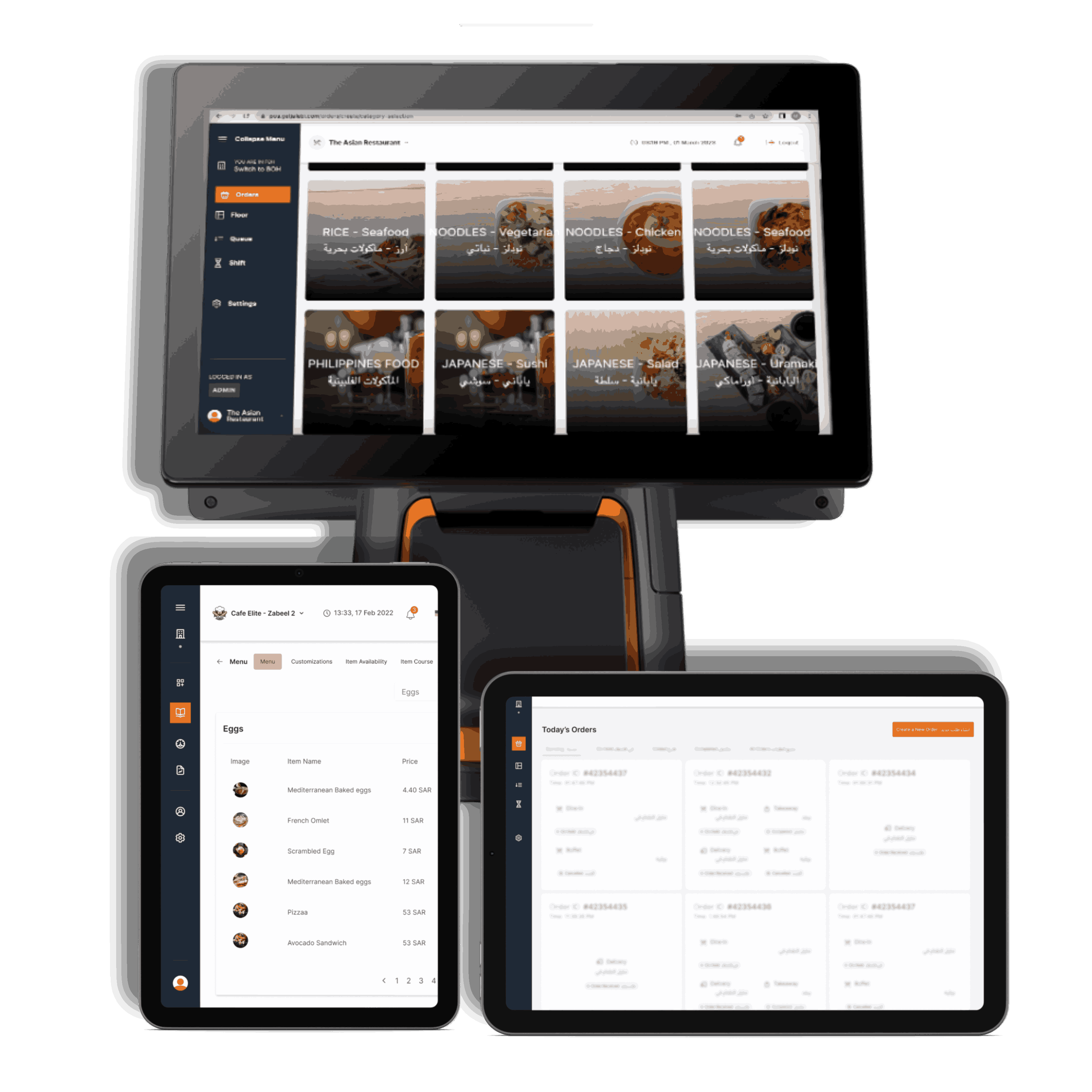
Enjoy 1 Month On Us
Schedule your demo with jalebi Restaurant Point of Sale & Inventory Management system and take your restaurant to another level.




